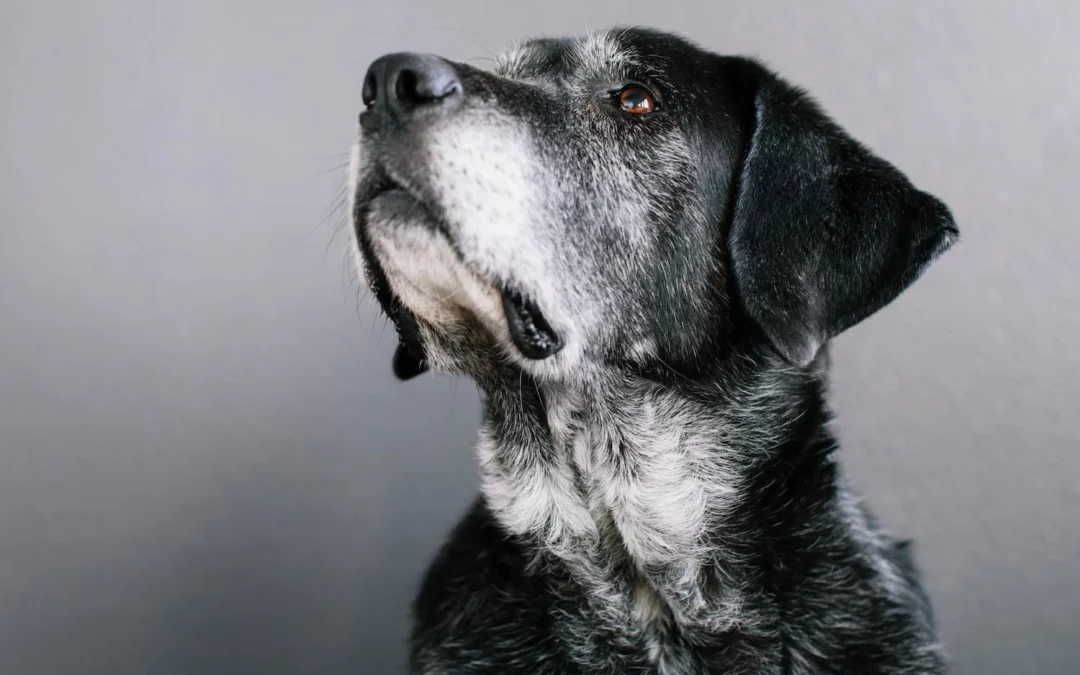Hearing the word “cancer” in the same sentence as your pet’s name can feel like a punch to the heart. For many pet owners, it’s one of the most frightening diagnoses imaginable. But there’s good news: with greater awareness, improved diagnostics, and early intervention, many forms of pet cancer are treatable. The key is knowing what to watch for and bringing your pet in at the first sign something feels off.
At Minnesota Veterinary Hospital in Shoreview, MN, we understand how important it is to detect cancer early. Whether it’s a suspicious lump or a subtle change in appetite, catching these warning signs early gives your pet the best possible chance at a healthy outcome.
What Causes Cancer in Pets?
Cancer in pets, much like in humans, is influenced by several factors. Age is a leading contributor, as cancer is more common in senior pets. Genetics can also play a role, with certain breeds being more prone to specific types of cancer. Environmental factors, exposure to chemicals, viruses (such as feline leukemia virus in cats), and even hormonal influences can also contribute.
While we can’t always prevent cancer, we can stay alert and proactive. Let’s walk through the most common types of cancer in dogs and cats, and more importantly, how you can catch them early.
Common Cancers in Dogs and How to Catch Them Early
Cancer can affect dogs in a variety of ways, and some types progress more quickly than others. Paying attention to early signs and knowing when to contact your veterinarian can make a big difference in your dog’s outcome. Below are some of the most common cancers found in dogs, along with what to watch for at home.
Lymphoma
This cancer affects the lymphatic system and is one of the most common cancers in dogs.
How to catch it early: Check regularly for swollen lymph nodes, especially around the jaw, shoulders, and behind the knees. Lethargy and sudden weight loss can also be signs. Regular wellness exams allow your veterinary team to detect abnormalities before they progress.
Mast Cell Tumors
These skin tumors can be tricky. Some appear as harmless lumps, while others grow quickly or become inflamed.
How to catch it early: Monitor any new lump on your dog’s body, no matter how small. If it changes in size, color, or texture, bring your dog in for an exam. Early biopsy is critical to identify mast cell tumors.
Osteosarcoma
A common bone cancer in large breeds, osteosarcoma often appears in the limbs.
How to catch it early: Watch for limping, swelling around joints, or reluctance to walk. Your veterinarian may recommend X-rays if any joint or limb pain persists.
Hemangiosarcoma
This aggressive cancer often affects the spleen or heart and is more common in middle-aged to senior dogs.
How to catch it early: Signs can be subtle until a tumor ruptures. Watch for sudden weakness, pale gums, distended belly, or fainting episodes. Regular exams and abdominal imaging in older pets may reveal signs earlier.
Melanoma
Melanomas can occur in the mouth, toes, or on the skin, and may be benign or malignant.
How to catch it early: Look for dark spots or masses in the mouth, bad breath, bleeding, or swelling near the lips or gums. Routine dental exams can help spot this type early.
Common Cancers in Cats and How to Catch Them Early
Feline cancers often develop quietly, and many cats show only mild or vague symptoms at first. Because cats are experts at masking discomfort, early detection relies heavily on careful observation and regular veterinary visits. Here are the most common cancers found in cats and the signs that may point to something more serious.
Lymphoma
The most common cancer in cats, often affecting the gastrointestinal system or chest.
How to catch it early: Signs include vomiting, diarrhea, weight loss, and changes in appetite. Bloodwork and imaging may help detect internal lymphoma before symptoms worsen.
Squamous Cell Carcinoma
This is a type of skin or oral cancer, especially in light-colored cats exposed to sunlight.
How to catch it early: Monitor for sores on the ears, nose, or mouth that don’t heal. Also, be alert to drooling, oral bleeding, or difficulty eating. Early oral exams are critical.
Fibrosarcoma
A tumor that forms in connective tissue, often appearing as a firm lump under the skin.
How to catch it early: If you notice a lump that feels solid and seems to be growing, have it checked immediately. Your veterinary team may recommend a biopsy to confirm the diagnosis.
Mammary Gland Tumors
These tumors are more likely in female cats that are unspayed or spayed later in life.
How to catch it early: Feel along your cat’s belly for any lumps near the nipples. Spaying your cat before her first heat cycle dramatically reduces the risk.
Why Early Detection Makes a Difference
Catching cancer early gives your pet more options. Treatments are often more successful and less invasive when the disease is found in its early stages. That’s why we recommend twice-yearly wellness exams for senior pets and yearly checkups for all adult pets. These appointments include a full physical exam, lab work, and time to discuss any subtle changes you’ve noticed at home.
You can schedule an appointment with our team at Minnesota Veterinary Hospital to make sure your pet stays on track with preventive care.
Treatment Options for Pet Cancer
If your pet is diagnosed with cancer, you won’t be facing it alone. Our veterinary team will walk you through every option, which may include:
- Surgical removal of the tumor
- Chemotherapy (especially for lymphoma)
- Radiation therapy, often used for specific tumors
- Pain management and palliative care
- Supportive therapies, such as diet adjustments, immune support, and anti-nausea medications
Our online pharmacy has a wide range of products to help support pets undergoing cancer treatment, from prescription medications to nutritional supplements.
We’re With You Every Step of the Way
At Minnesota Veterinary Hospital, our team is not just highly trained, but also deeply compassionate. We know a cancer diagnosis can feel overwhelming, and our Fear Free Certified professionals work hard to make both pets and their people feel as comfortable as possible. Every treatment plan is customized for your pet’s needs, and we’re always available to answer questions or adjust the plan as needed.
Don’t Wait and Wonder. Call Us Today!
One of the most common things we hear from pet owners is, “I wish I had brought them in sooner.” If you notice a new lump, sudden weight loss, or any change in your pet’s appetite, energy, or behavior, it’s important to have it checked. The sooner we can evaluate a concern, the more options we have to help your pet.
If you’re in Shoreview or a nearby community, call Minnesota Veterinary Hospital at (651) 484-3331 to schedule an exam. Our veterinary team is here to support you with early detection and compassionate care that puts your pet’s health first.

